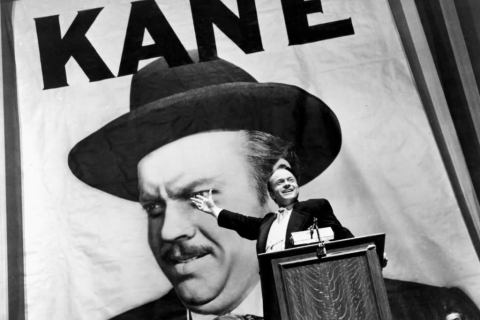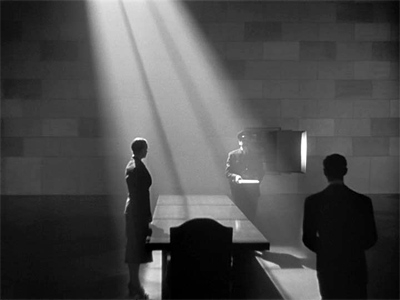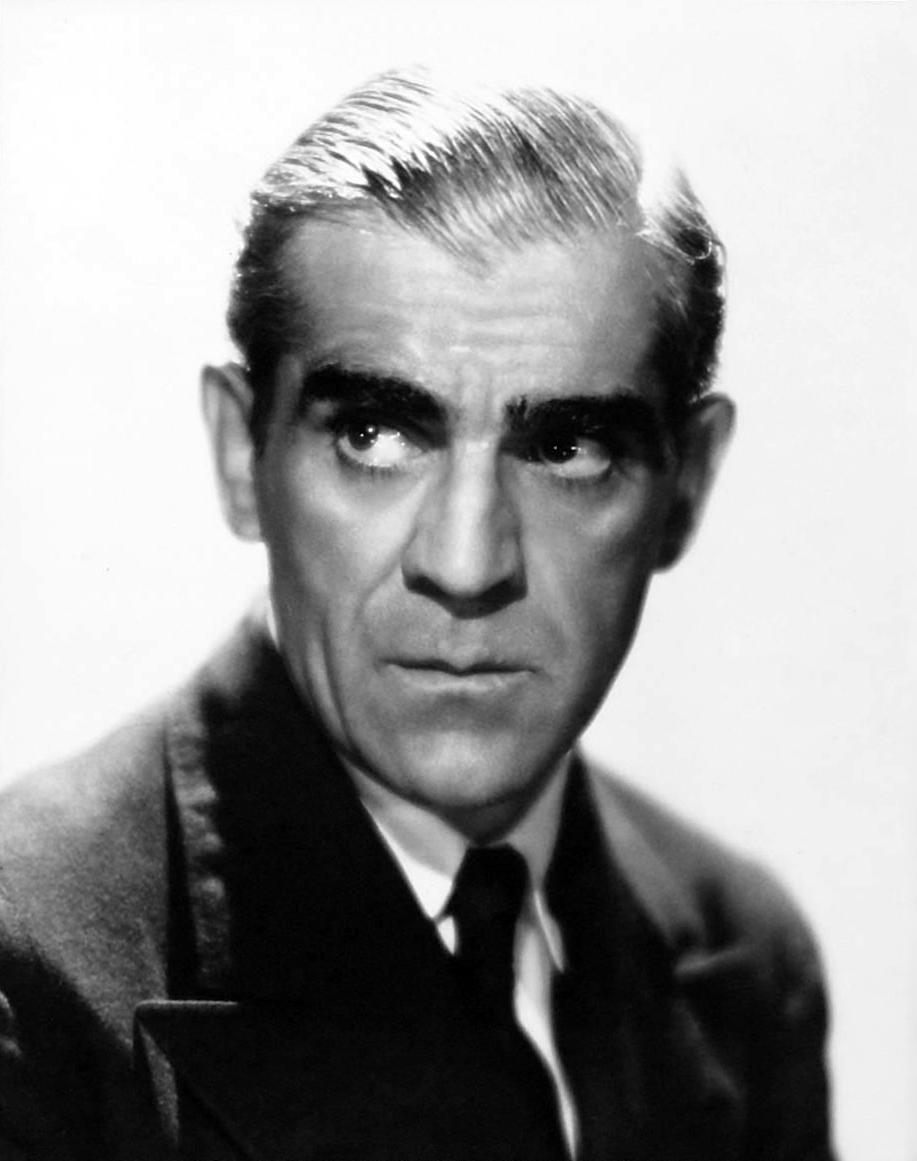A contemporary introduction of government abomination, a Gatsby-esque tell-tale of self-fulfillment, and a nod at the modern perception of media are all thematically present in Orson Welles' epic Citizen Kane. Welles used cinematic elements to enhance these themes for our viewing pleasure, and the greater good of "good" cinema. This is prevalent when your attention is shifted from the movie's non-chronological, and sometimes hard-to-follow, order of stories to the lighting of the film; when something significant or a motif is introduced, the light source is almost always pointing to or from the object, idea, or theme in mind.

In this scene, our narrator, Thompson, is reading Thatcher's memoir's of his time with a young Kane as his guardian. Here, Kane's mother pleads with him to go with Thatcher, as he has money and will be able to give him a better life than she. The aspect of high key lighting may not be as prevalent as other scenes that use low key lighting, yet the use translates into the viewer paying much attention to this scene. This is Kane's first instance of denial that he will have to face much in his years. Many themes in the film can be traced by to his unloving mother and loss of childhood (isn't that exactly what "rosebud" is?? who knows!!) due to this particular scene. An average movie would use this lighting in order to convey a basic, almost useless scene, but Welles' inclement to break this cinematic norm forces the shift to Kane's lack of acceptance from a young age.
Right before the prior scene is when the narrator actually finds Thatcher's records and begins to read them. The light source intimidatingly beats down on the book, somewhat symbolizing it's ethereal importance in the film. When Thompson reads the memoirs, he finds Kane's depressed and unfulfilled past, where he experiences denial, neglect, and failure all for the first times in his life. The viewers' attention is put on this book and away from the subjects, who in a film at this time would be the focus of most scenes, to the book in order to hit them with a director's favorite cinematic element- "pay close attention here; this may explain the whole movie!!!!!"

Yet, Welles' (mostly) impeccable use of lighting was not as impeccable in one scene that caught my attention as mostly confusing, given the other thematic uses of lighting. Directly after the first view of Kane, the news reel at the beginning, the reporters talk about Kane's death and how they can make a story out of his infamous last words - "rosebud" - as the light from the projector beats down on them. In other light sources I analyzed in this essay and in viewing the film, when a light source is as prevalent as it is in this scene, it points to a flaw of Kane, like his narcissistic nature or obsession with media-presentation. This scene only brings the attention from the newsreel prior. Does it mean that the only view we will ever know is how the media perceives him? Is this related to Thompson's last words on Kane, where he tells us that we cannot describe a man in a single word we have heard from the media? All could be true, but this theme strays away from the film's primary thematic element of inner-loathing and self-obsessing.
 This film is regarded as a breakthrough for creative minds everywhere, as most directors weren't too focused on cinematic elements when they could make the big bucks from relevant actors and large, fancy sets. 22 years later, Italian director Federico Fellini directed and wrote the ground-breaking film 8 1/2, which is known for its eccentric cinematic elements and ideology of self-revelation. In this shot, the low-key lighting highlights the anti-hero's (in photo: on the left, Guido) obsessive fascination for this woman, Claudia, whom is not apparent in much of the film. Guido spends the duration of the film in his own thoughts and memories, existentially questioning his intent for the film he is making. The light source focuses on Claudia - or the apparition he has of Claudia (see: Gatsby-esque allusion in first paragraph). In contrast to Kane, the focus is not subjective as in 8 1/2, but we see the external perception of his peers. Not only do 8 1/2 and Kane use light for aesthetically pleasing and pinnacle shots, the light source accentuates the underlying themes of rejection and narcissism.
This film is regarded as a breakthrough for creative minds everywhere, as most directors weren't too focused on cinematic elements when they could make the big bucks from relevant actors and large, fancy sets. 22 years later, Italian director Federico Fellini directed and wrote the ground-breaking film 8 1/2, which is known for its eccentric cinematic elements and ideology of self-revelation. In this shot, the low-key lighting highlights the anti-hero's (in photo: on the left, Guido) obsessive fascination for this woman, Claudia, whom is not apparent in much of the film. Guido spends the duration of the film in his own thoughts and memories, existentially questioning his intent for the film he is making. The light source focuses on Claudia - or the apparition he has of Claudia (see: Gatsby-esque allusion in first paragraph). In contrast to Kane, the focus is not subjective as in 8 1/2, but we see the external perception of his peers. Not only do 8 1/2 and Kane use light for aesthetically pleasing and pinnacle shots, the light source accentuates the underlying themes of rejection and narcissism. 





